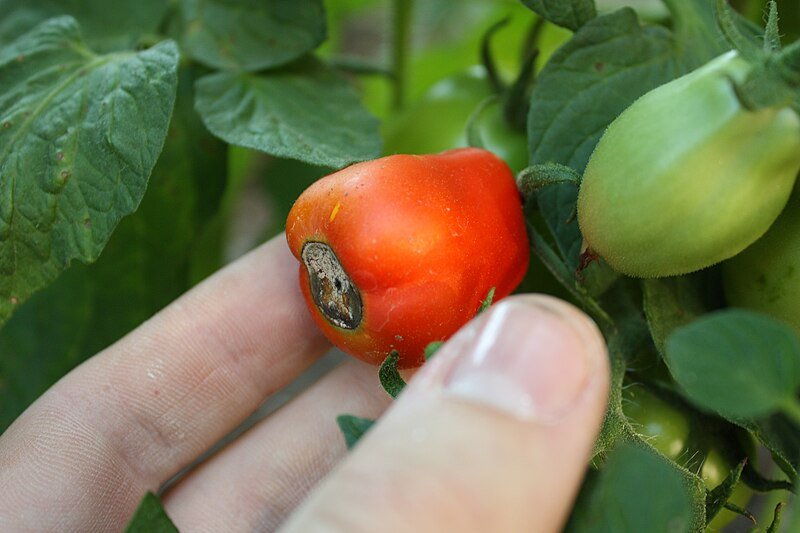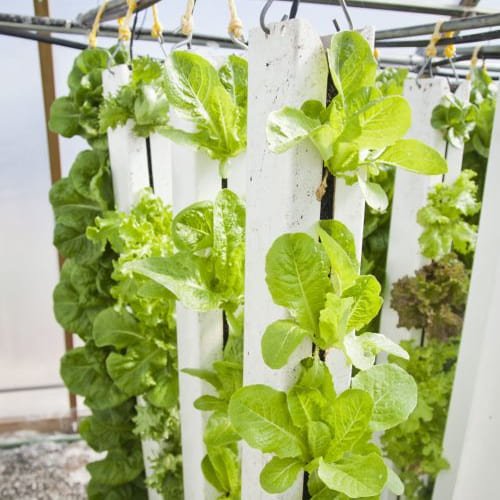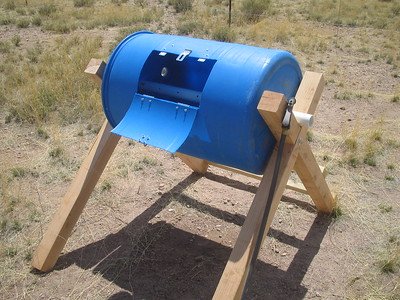Tomatoes. They’re the crown of any garden. There’s nothing like the feeling of tearing a sun ripe, juiciest tomato from its vine and enjoying the fact you grew it from a seedling. But, What do you do when your tomatoes start to look… off?
Strangely, the fruits may be looking small, misshapen, or, worst of all, starting to develop those dreaded black, sunken spots on the bottom. If this hits close to home, you’re likely dealing with a common yet frustrating problem: calcium deficiency.
Enough of the nitty gritty truth about why your tomatoes are struggling and, most importantly, how to save them.
The Role of Calcium in Tomato Plants
Calcium is not just a nutrient to help your bones stay strong, it’s a lifeline for your plants. Calcium is very important to building strong cell walls in tomatoes. It’s the ‘glue’ that keeps the plant’s structure together. If your tomato plants don’t get enough calcium, they can’t make sturdy fruits, and you’ll end up with a host of problems, such as blossom end rot.
That black or brown spot at the bottom of your tomatoes is blossom end rot. It’s not just an aesthetic problem, however. That spot is damaged fruit tissue, sometimes with a mushy texture, making the fruit inedible. The worst part? If you don’t notice it, you might not even realize there’s a problem until the fruits start forming.
Is It a Deficiency or Just Poor Calcium Uptake?
Here’s a surprising twist: It doesn’t mean that just because there’s calcium in your soil that your plants are absorbing it. When many gardeners hear “calcium deficiency,” they add lime or calcium supplements to their soil. But sometimes, the problem isn’t the absence of calcium—it’s the plant’s inability to take it up.
Several factors can block calcium uptake, including:
1. Inconsistent watering: With water, calcium travels through the plant. You are essentially cutting off their calcium supply if you’re letting your soil dry out too much or drowning your plants with irregular floods of water.
2. High nitrogen levels: Over fertilizing with nitrogen encourages production of lush leafy growth at the expense of fruit development and calcium absorption.
3. Soil pH imbalance: Highly acidic soils (pH below 6.0), a problem prevalent in many gardens, are poor sources of calcium.
4. Crowded roots: If your tomato plants are growing in a small space or their roots are bound by compacted soil, they won’t be able to take up nutrients very efficiently.
Spotting the Signs Early: What to Look For

The sneaky thing about calcium deficiency is that it’s one of the most frustrating things to deal with. You don’t get symptoms right away. By the time blossom end rot shows up, it’s already too late for the fruit. But if you pay close attention, your plant will send you early warning signs, such as:
- Leaves turning yellow at the bottom of the plant.
- Stems that are weak, thin and can’t support the weight of the plant.
- The flowers that fall off prematurely before fruits can develop.
If you see any of these signs, it’s time to act quickly.
Failing Tomatoes: The Emotional Toll
So let’s take a moment to empathize on how watching your tomato plants struggle can be an emotional thing. You’ve been watering them, pruning them, talking to them (don’t worry, we all do it) for weeks, maybe even months. It’s disheartening to see your efforts fall apart because of something as invisible as a calcium imbalance. But don’t lose hope! The beauty of gardening is that it’s a learning experience. Every setback teaches you something valuable and there’s always another season to get it right.
How to Fix Calcium Deficiency (and Prevent It)
Now for the part you’ve been waiting for: the solutions. To fix calcium deficiency you need to take immediate action and long term preventative measures.
1. Consistent Watering Is Key
Think of trying to drink through a straw with holes in it—that’s what inconsistent watering does to your tomato plant’s calcium supply. Keep the soil moist, but not waterlogged. Mulching around the base of the plant helps retain moisture and stops the plant from drying quickly.
2. Check Your Soil’s pH
Get a soil test kit and test your garden’s pH. And if it’s too acidic, add lime to raise the pH and bring more calcium into play. If you don’t know how much lime to use, consult your local extension service or gardening expert.
3. Go Easy on the Fertilizer
Nitrogen-heavy fertilizers may promise lush foliage, but they’re a silent saboteur for fruit development. Try using a well balanced fertilizer or one that’s specifically suits for tomatoes. You want a mix like 5-10-10 (low nitrogen, high phosphorus and potassium).
4. Calcium Supplements: Use Them Wisely
If your soil test shows a true calcium deficiency, add gypsum (calcium sulfate) or calcium nitrate to your soil. If you want a quick fix, try foliar sprays containing calcium, which deliver nutrients directly to the plant’s leaves and fruits.
5. Mind the Roots
Tomato roots need room to grow. If you’re planting in containers, the pots must be big enough and the soil must not be compacted. If you’re planting in the ground, aerating the soil before planting is a good idea.
6. Rotate Your Crops
If you grow tomatoes in the same spot year after year, calcium deficiency can build up over time. So, next season, plant non solanaceous crops (beans or lettuce) in the same area.
Looking Ahead: Growing Healthier Tomatoes
Gardeners are perfectionists. The truth is, even the most experienced green thumbs get calcium deficiency. Successful gardeners have an ability to adapt, learn and grow (pun intended). Next time you plant tomatoes, you’ll know to watch watering habits, soil health, and nutrient levels more closely. When your garden finally puts out those plump, healthy tomatoes, you will taste how good tomatoes can be.
Every tomato has a story to tell. The ones that fail even teach us valuable lessons. In other words, keep experimenting, keep learning, most of all keep gardening. Your tomatoes—and your soul—will thank you.



